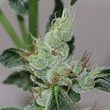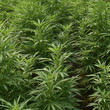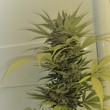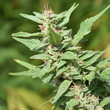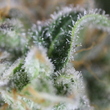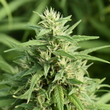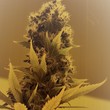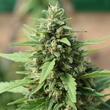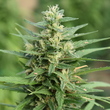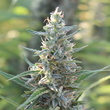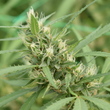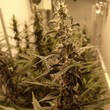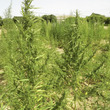Introduction
We have here assessed, using Δ9-tetrahydrocannabinol (Δ9-THC) for comparison, the effect of Δ9-tetrahydrocannabinolic acid (Δ9-THCA) and of Δ9-tetrahydrocannabivarin (Δ9-THCV) that is mediated by human versions of CB1, CB2, and CB1-CB2 receptor functional units, expressed in a heterologous system. Binding to the CB1 and CB2 receptors was addressed in living cells by means of a homogeneous assay. A biphasic competition curve for the binding to the CB2 receptor, was obtained for Δ9-THCV in cells expressing the two receptors. Signaling studies included cAMP level determination, activation of the mitogen-activated protein kinase pathway and ß-arrestin recruitment were performed. The signaling triggered by Δ9-THCA and Δ9-THCV via individual receptors or receptor heteromers disclosed differential bias, i.e. the bias observed using a given phytocannabinoid depended on the receptor (CB1, CB2 or CB1-CB2) and on the compound used as reference to calculate the bias factor (Δ9-THC, a selective agonist or a non-selective agonist). These results are consistent with different binding modes leading to differential functional selectivity depending on the agonist structure, and the state (monomeric or heteromeric) of the cannabinoid receptor. In addition, on studying Gi-coupling we showed that Δ9-THCV and Δ9-THCA and Δ9-THCV were able to revert the effect of a selective CB2 receptor agonist, but only Δ9-THCV, and not Δ9-THCA, reverted the effect of arachidonyl-2′ -chloroethylamide (ACEA 100 nM) a selective agonist of the CB1 receptor. Overall, these results indicate that cannabinoids may have a variety of binding modes that results in qualitatively different effects depending on the signaling pathway that is engaged upon cannabinoid receptor activation
Other publications
See more
See more
See more
See more
See more
See more
See more
See more
See more
See more
See more
See more
See more
See more
See more
See more
See more
See more
See more
See more
See more
See more
See more
See more
See more
Ask for information
Can we be of help to you? Do you have any questions about us? Write to us and we will contact you as soon as possible.
